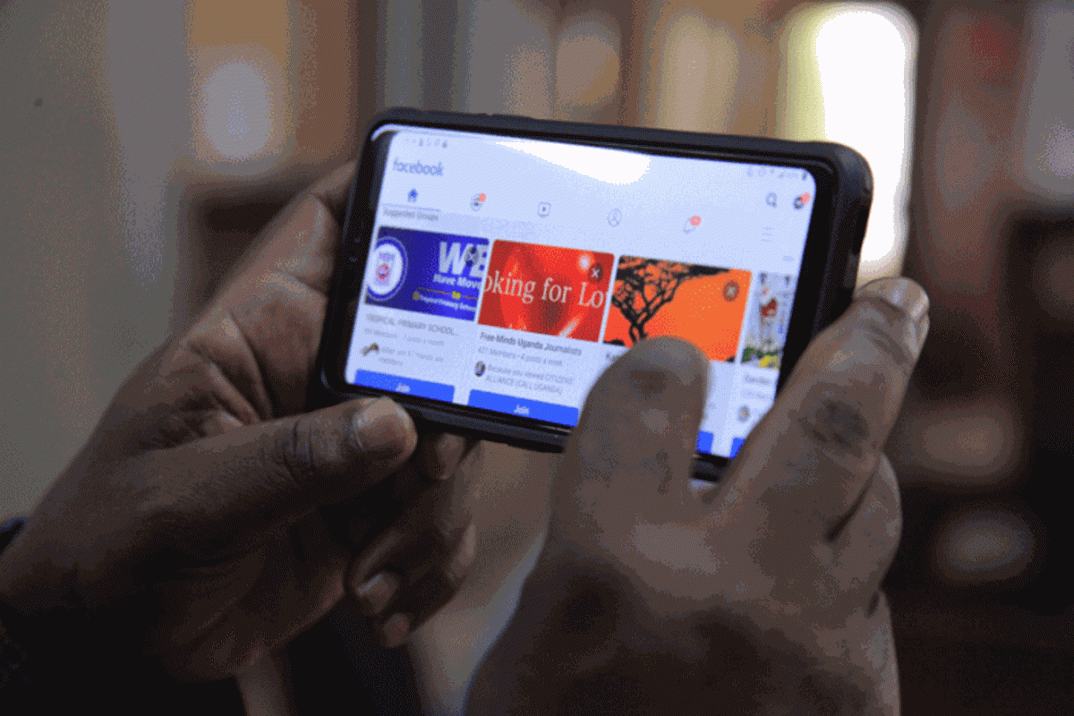Across the continent, in the past few months, Gen Z; those born between 1996 and 2010, according to McKinsey & Company, are increasingly becoming a voice to reckon with. Unlike generations past, they refuse to remain unheard and mobilise each other to place their demands.
Raised in the fast lane of fast food, fast internet, and telemedicine, they are easily turned off by anything that does not speak to their need for fast interaction. Brands are not spared in this as Gen Zs interact differently with brands.
With the signs before us, marketing departments have their work cut out as they must reinvent the wheel in how they present the brands they represent to this generation.
To effectively engage Gen Z, marketers and brands must prioritise certain elements:
Transparency
John Nsimbi, a marketer says Gen Z values honesty and transparency. This generation wants to know that behind the brand are human beings who stand by their word.
“When things don’t go well, instead of speaking as the brand, can an individual speak? That is because they relate more to an individual than the concept of a brand. For instance, if brand A is a bank and it suffers scandal, Gen Zs expect that human beings speak to them as opposed to the bank (press release). They also do not like it when you sweep things under the rug because truth matters a lot to them. Moreover, they know that things can go wrong,” he says.
Purpose
Align your brand with a cause or social issue that resonates with Gen Z’s values. Dan Odaka, a marketer, says Gen Zs believe in self as to say, “I am the best there is in anything.”
Therefore, if you want them to relate to your brand, it must speak to their sense of self. “For instance, if you are selling shoes, they want to hear what the shoes say about them. It could be as simple as, “You are in tune with the trend”,” he says.
Mobile-first
Brands must understand that Gen Zs are the true digital natives; a generation that has never known a world without the Internet or smartphones.
“This reality shapes how they interact with the world and, by extension, how they interact with brands. If you are not present online, you are virtually invisible to them. These platforms include mobile apps, social media, mobile-friendly websites, and USSD codes,” Margaret Kirabo Namale, a marketer, says.
Social media mastery
According to the Global Web Index, 98 percent of Gen Z own a smartphone, and they spend almost 60 percent of their time online. Nsimbi says that for better traction, brands should utilise platforms such as TikTok, Instagram, and Snapchat effectively.
“Social media platforms resonate with Gen Z. Therefore, brands should share about themselves on these platforms,” he says.
Interactive content
This is engaging content that appeals to Gen Zs and includes short-form videos, polls, and quizzes.
“Gen Zs love expressing themselves. So every chance they get to do that, show they are right and more knowledgeable, they will take it. Therefore, if you pushing your brand, you need to create a feedback channel but the avenue should be interesting,” he says.
Adding, “It cannot be just comments, direct messages because they know that it is not the company owner answering them and they are sometimes ignored. That is why a poll will interest them as they feel there is interaction.”
Quick delivery
Gen Zs are impatient, expecting instant gratification. If they want a product in three days and your brand takes seven to deliver, they will find another seller who meets their needs—no second chances.
“This demands that brands not only maintain an active online presence but also optimise every aspect of their service to meet Gen Zs’ high expectations,” Namale, who is also a Gen Z says.
Visual appeal
While everyone loves to see beautiful and creative things, it goes a notch higher with Gen Zs as they want to be different from others. Therefore, invest in high-quality visuals and captivating storytelling to attract and retain their attention.
“Humans are drawn to stories but with low attention span, making the visuals and stories captivating appeals to Gen Zs,” Nsimbi says.
Trendsetting
Odaka says unfortunately, most brands do not follow trends or follow the wrong ones. When brands do not distinguish between trends that work for them and those that do not, there is a problem.
“To attract Gen Zs, the trend must be captivating, outstanding, impactful, and fun. A good trend is one that your followers see themselves in and want to contribute to. For instance, the social media trend today is TikTok. Stay ahead of trends and incorporate them into your marketing.
User-generated content
To draw Gen Zs to your brand or product, encourage them to create content for your brand.
“They love to add their personal touch to whatever they express themselves on. Therefore, user-generated content allows them to pick up what you have and make it their own. When they are part of it, they can blow it out to the rest who will buy from you,” Odaka says.
Data-driven marketing
Utilise data to understand Gen Z’s preferences and behaviours so you can understand how best, when, and where to market.
“The beauty about data is it never lies and with Gen Zs being very predictable – a moving target, you need to follow what the numbers are saying. Otherwise, if you want to generalise, chances are high you’re going to fail because you have missed something,” Nsimbi says.
Community building
While building a community around Gen Zs is not extremely tough, Odaka says it starts with having a cause worth their time, something they want to rally behind.
“Align with them because they want to stand out. Once this is sorted, get like-minded people to start talking about that cause on a social media platform. Remember to be consistent with the conversations regarding value and cause lest you lose them,” he says.
Adding, “Many Gen Zs have information and want to express themselves but are afraid of judgement. The value you give them is a platform for free expression without judgement,” he says.
Two-way communication
Gen Zs want open-ended communication, rather than talking down to them.
“Sometimes, they are wrong but still have an opinion. They will not be settled until you give them the chance to air it. It is giving them a chance to be proved wrong as opposed to stating their wrong while shutting them down,” Namale says.
Immersive experiences
These speak to the senses and he says brands will draw Gen Zs when they make their products experiential.
“Brands should appeal to the touch, smell, taste and hearing of their clients,” Odaka says.





